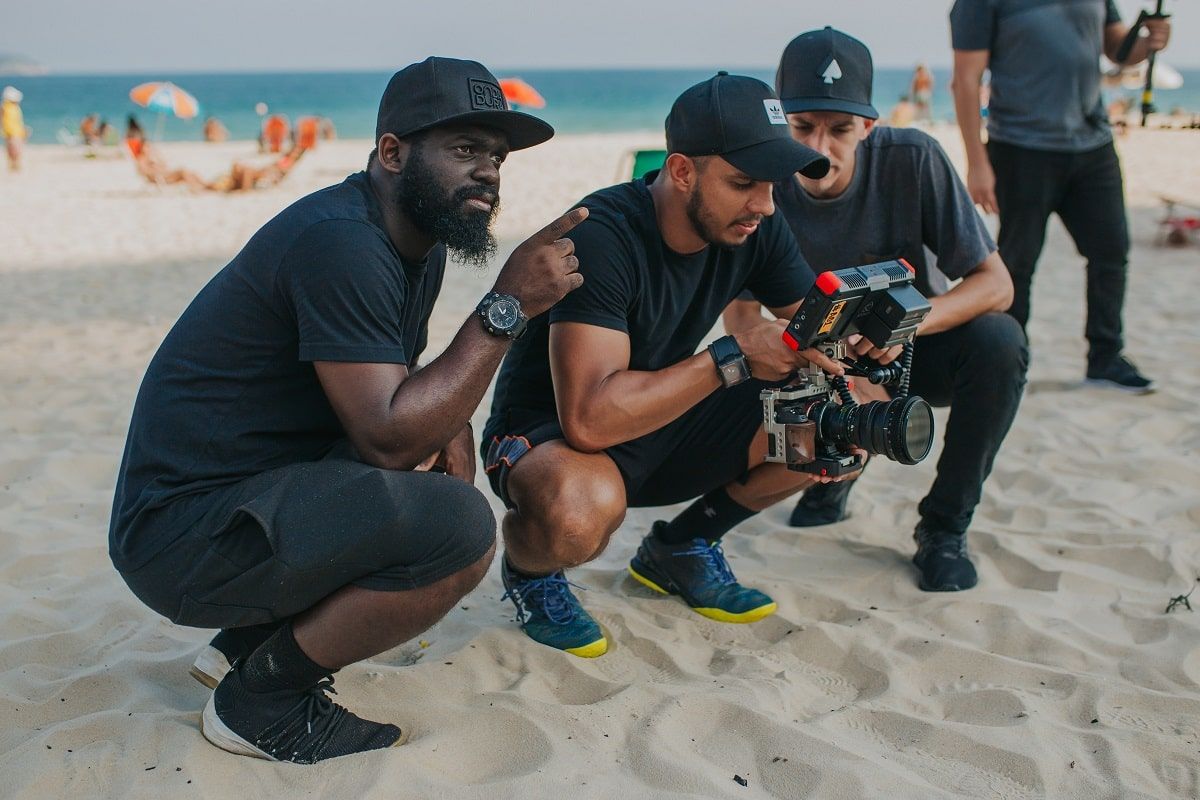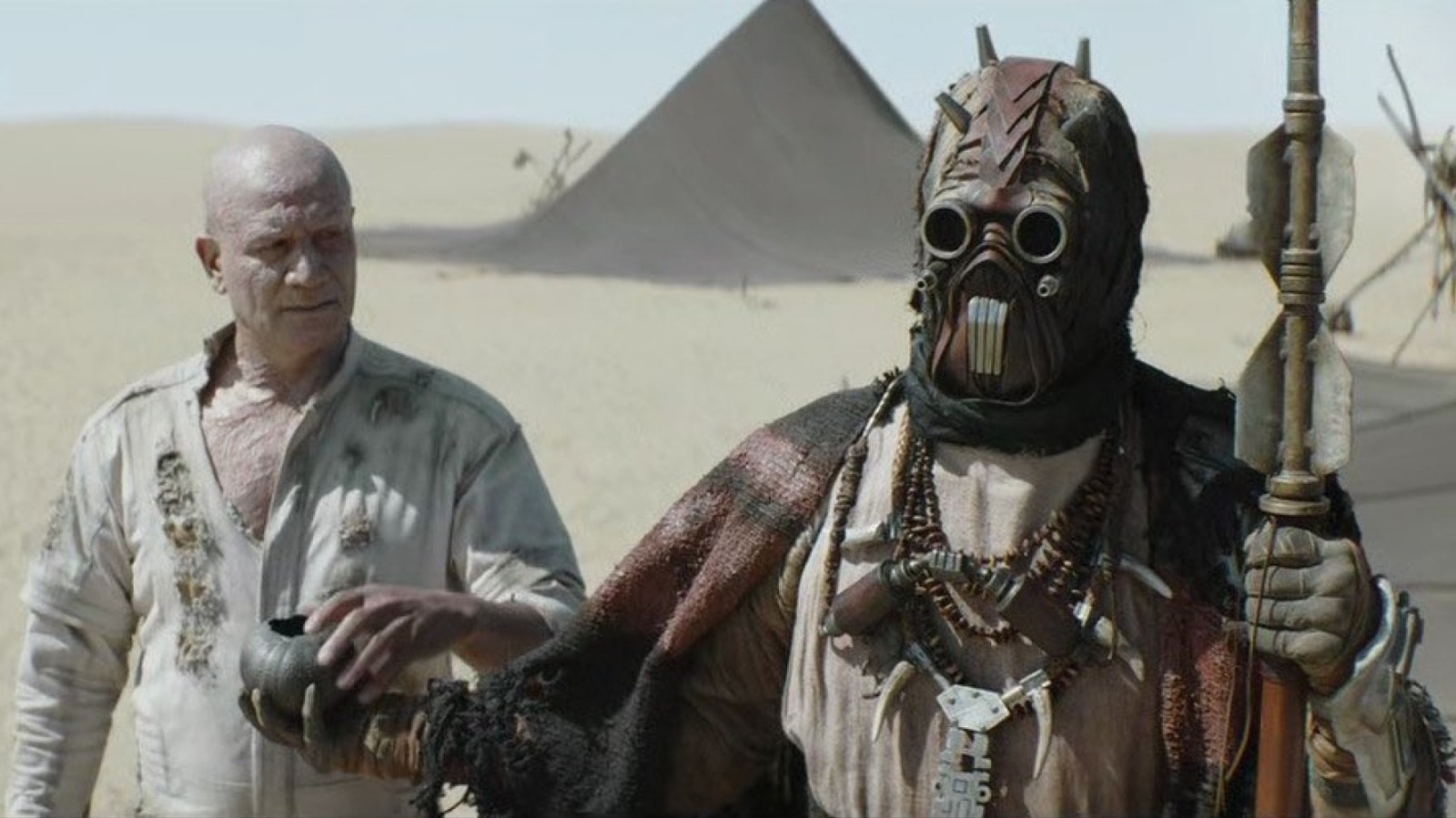
Many cinema cameras have built-in neutral density filters so you can achieve the exact exposure look you want regardless of the amount of light in the scene. The easiest way to remove light with as little impact as possible on other camera settings is to dim the artificial light source or use a neutral density filter. However, those adjustments will also affect other important variables like frame rate and depth of field. Just like in photography, you can use a narrower aperture or a faster shutter speed. There are a few different film techniques for a director of photography to remove light from the scene to achieve a preferred exposure. While many photographers use existing light to achieve the exposure they want, many filmmakers shape the look of the scene by adding light or removing it. The camera techniques and settings involved in exposure for cinematography are very similar with one key difference. In photography, the exposure of an image relates to three key camera settings: aperture, shutter speed, and ISO. We’ve already covered several of the most common and useful camera moves, camera angles, and positioning techniques for beginners, but what about exposure and lighting techniques? How exactly can filmmakers achieve the best cinematography possible with these important tools? Exposure and Lighting However, the three most important cinematic techniques are exposure, lighting, and camera positioning. The art of cinematography involves understanding and mastering a range of film techniques and elements. What are the three basic elements of cinematography? It’s not the most aesthetically-pleasing shot and can sometimes be dizzying for viewers (such as in movies like the “Blair Witch Project”), but it’s one of the best ways to make your film all the more immersive and engaging. You can also accomplish this by fitting your subject with a camera mount, similar to the GoPro footage above. Your camera can either be steady or moving along its axis, as long as it shows how and where viewers should look at or scan the scene and make them feel like they’re in the movie. 14 Basic Cinematography & Film Techniquesįinally, another important shot that you can make use of (in case it works for your story) is the point-of-view (POV) or first-person shot.


BEST CINEMATOGRAPHY BOOK DIRECTOR PROFESSIONAL
These should help both aspiring and professional cinematographers create the most impactful and engaging films and music videos. Aside from skillfully operating a camera and setting up the lighting for every scene, it involves controlling what the viewer sees and how the image is presented to them - by choosing the right shooting techniques that best tell the story.īelow we’ve listed down some of the most widely-used cinematography techniques that can help dictate how your audience should feel about your scene, as well as how they will interpret it. You’ll need powerful film techniques to help you achieve your goals.Ĭinematography is all about the art of visual storytelling. But to really become a cinematographer, you’ll need more than just the gear and technical know-how.

Do you dream of shooting your own music videos or feature films for a living? There are many important things that you’ll need to know and equip yourself with in order to get started in the field.


 0 kommentar(er)
0 kommentar(er)
